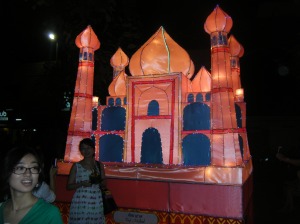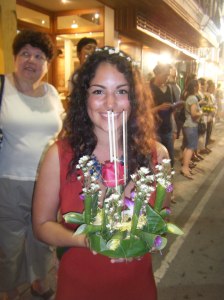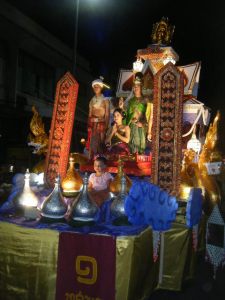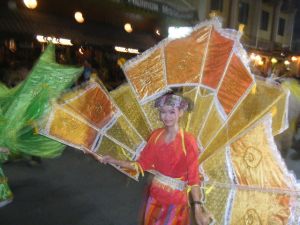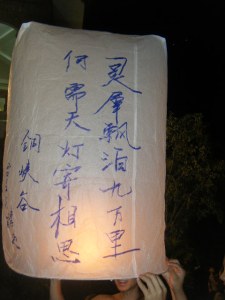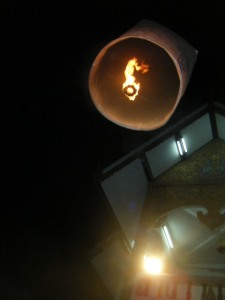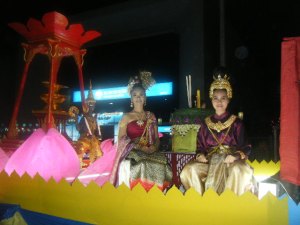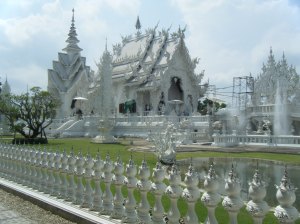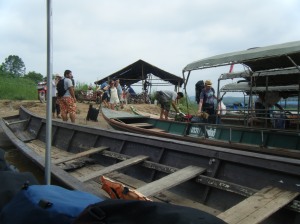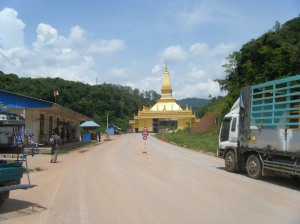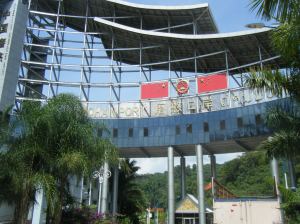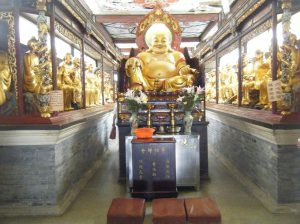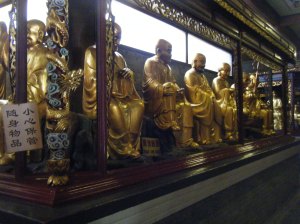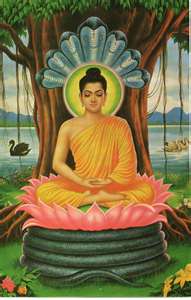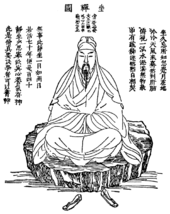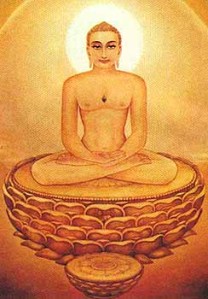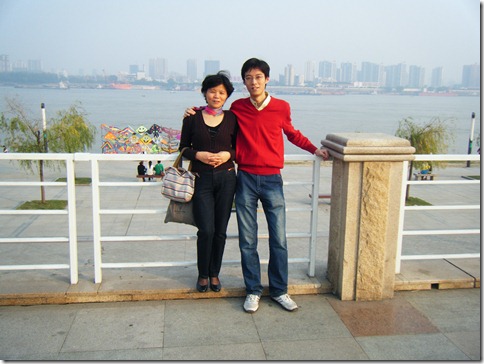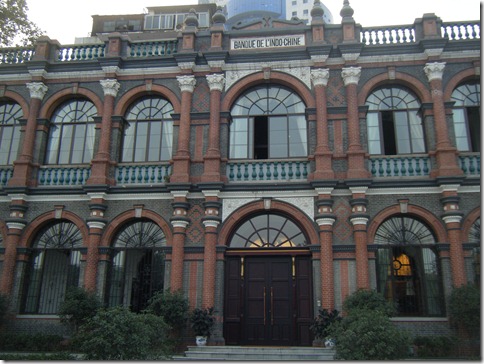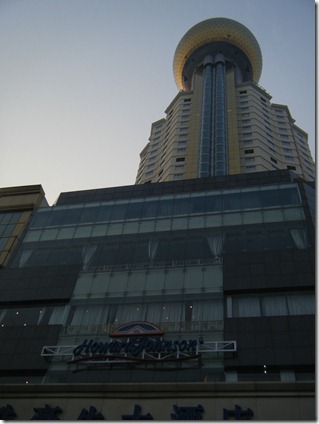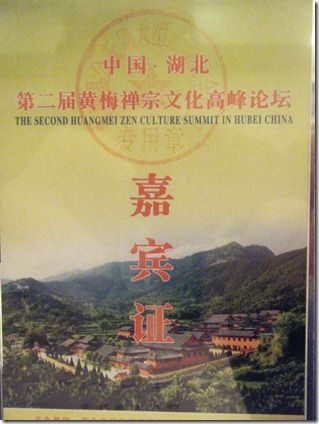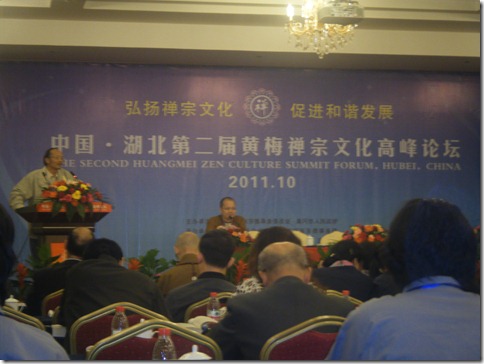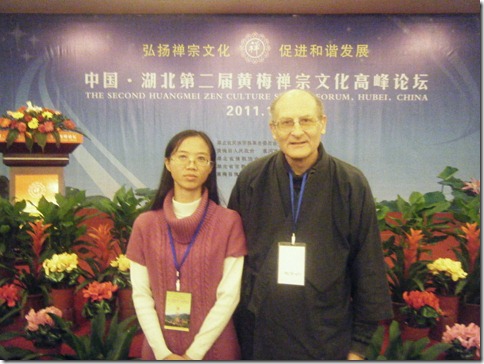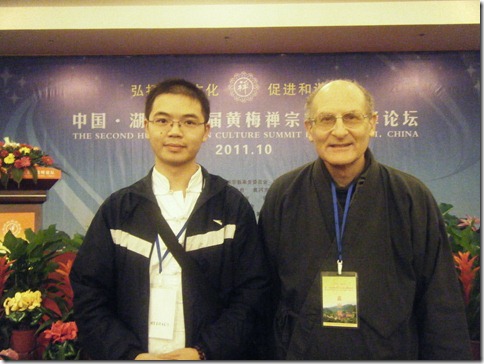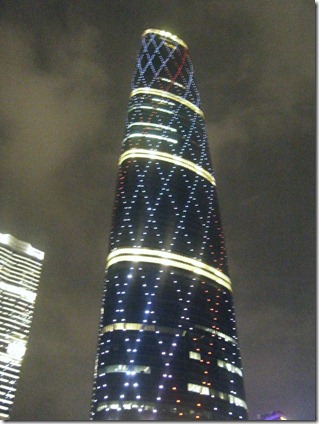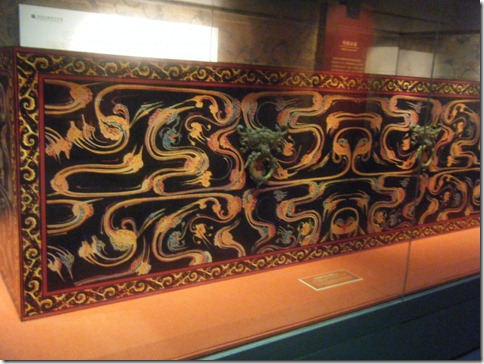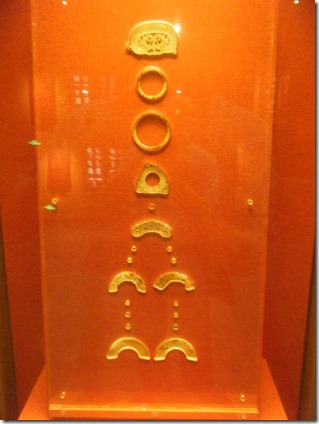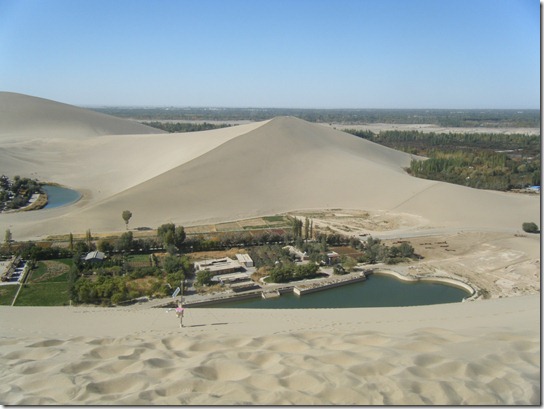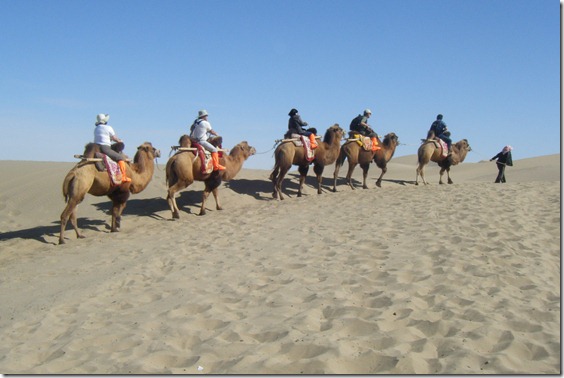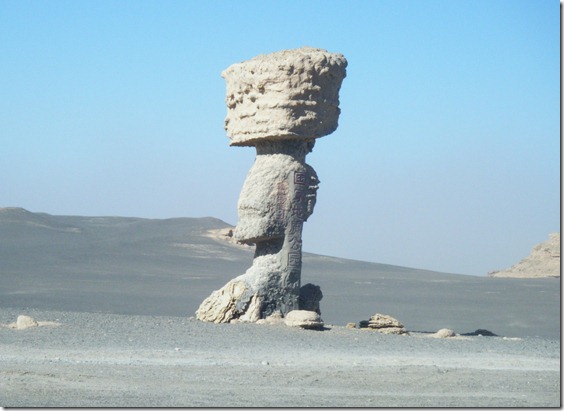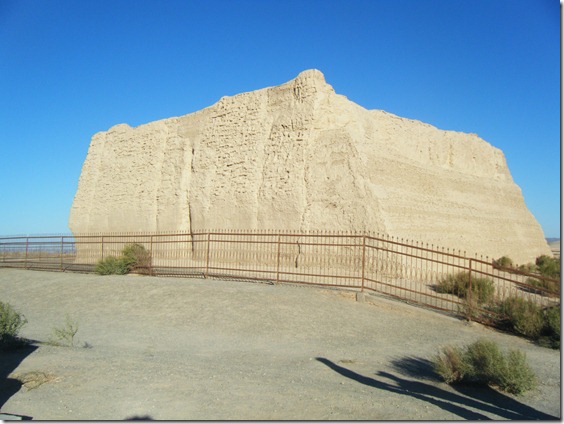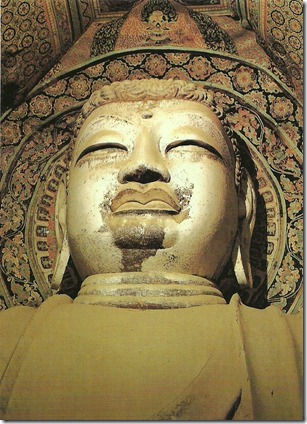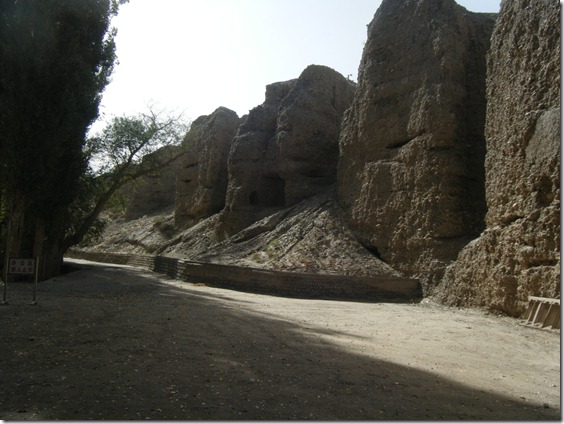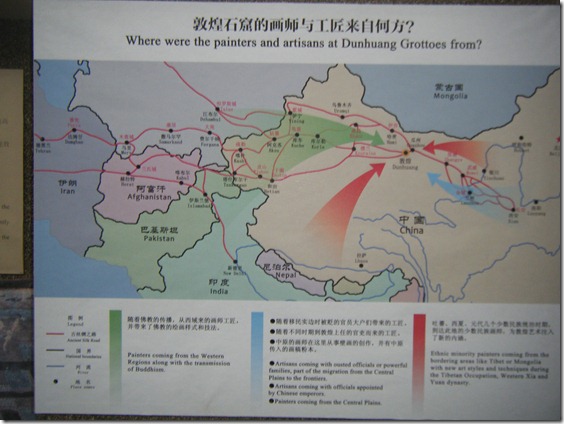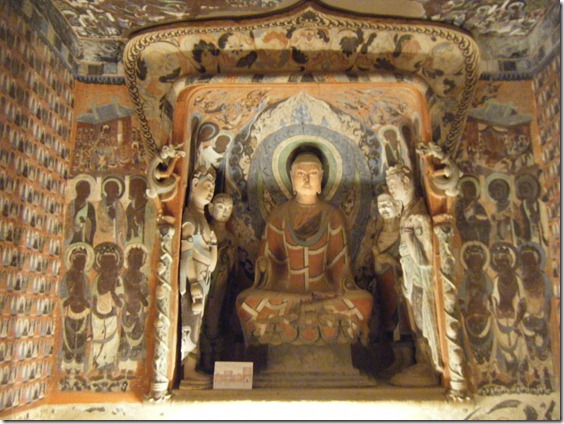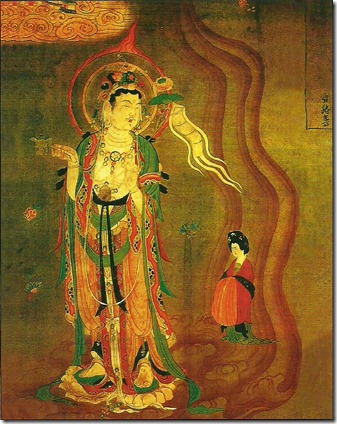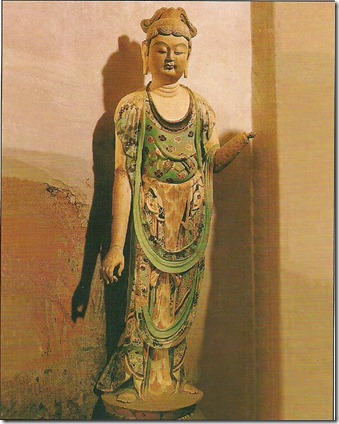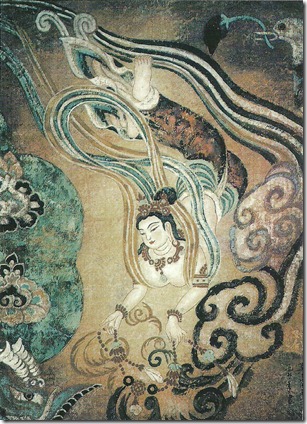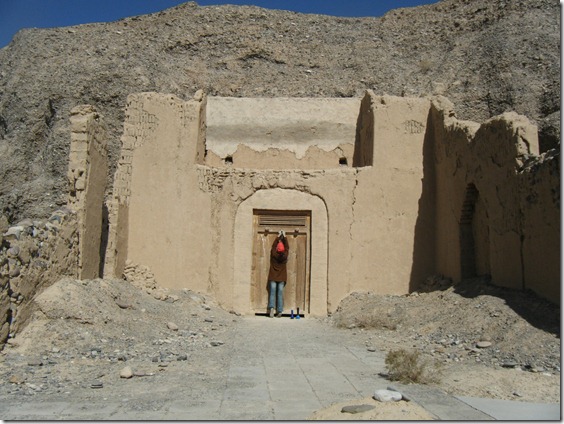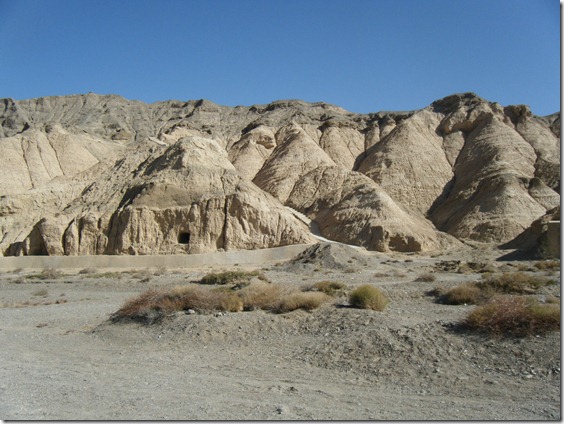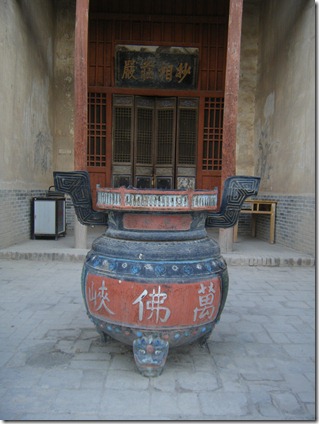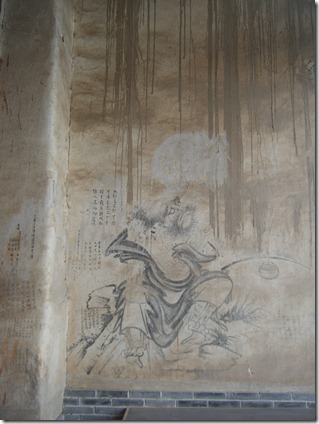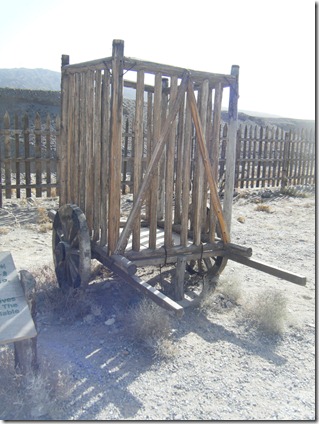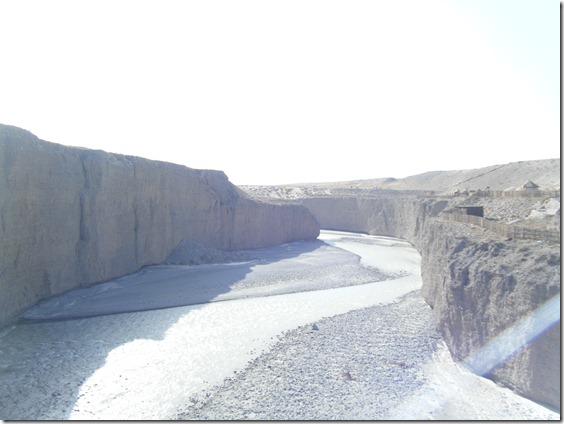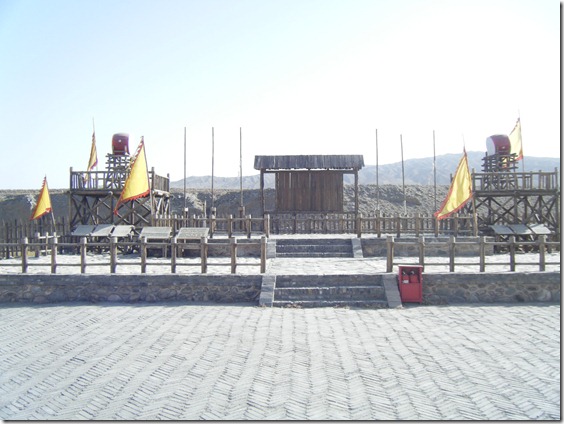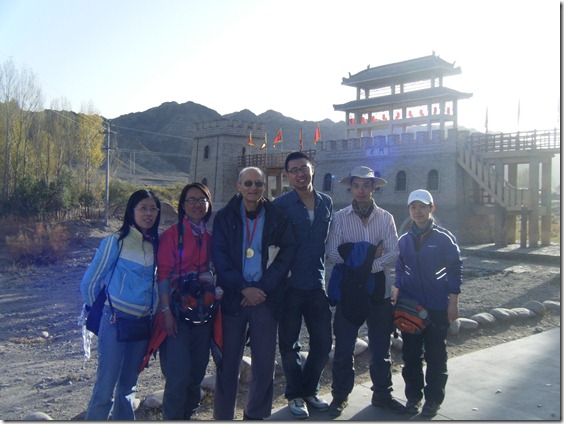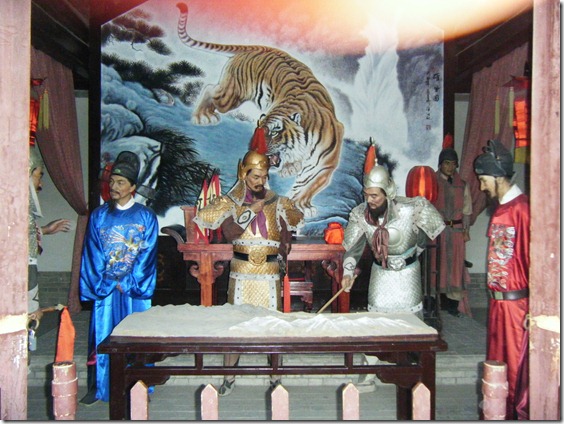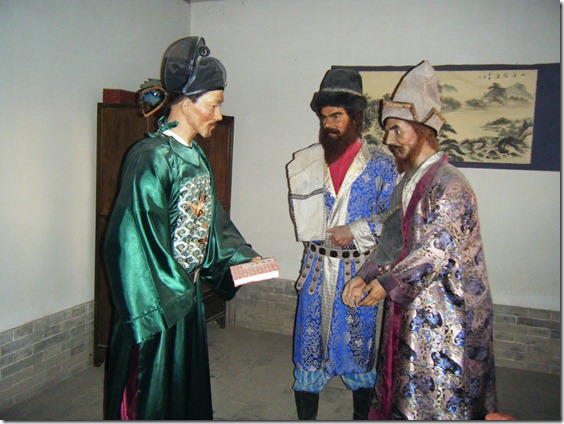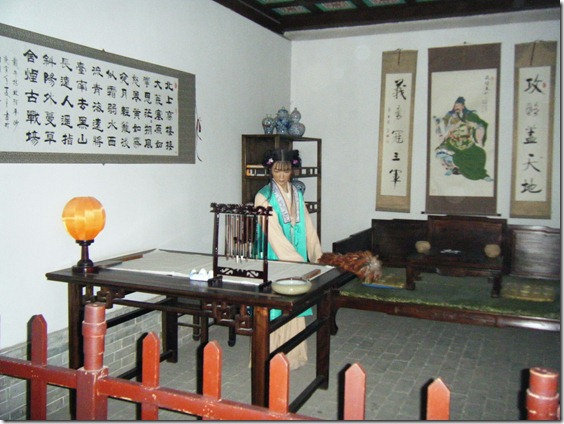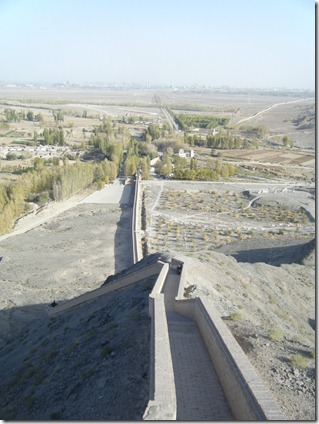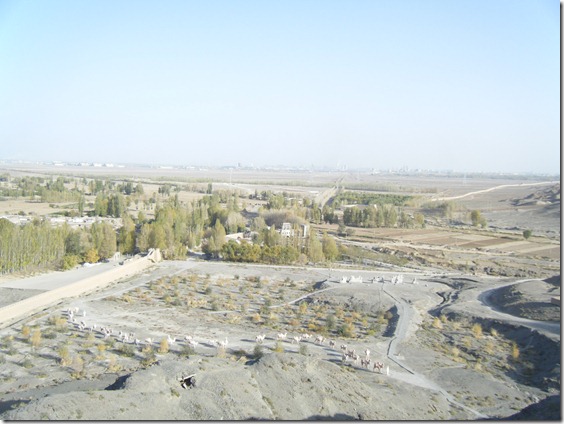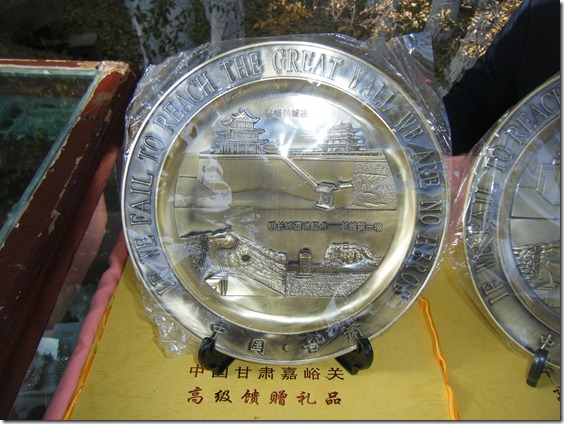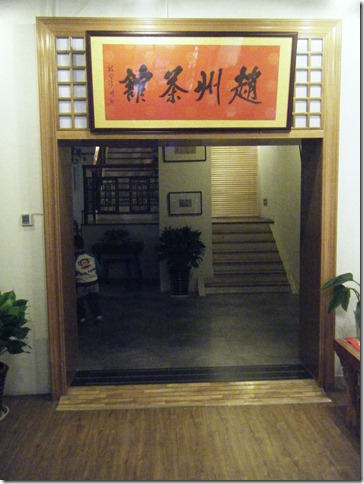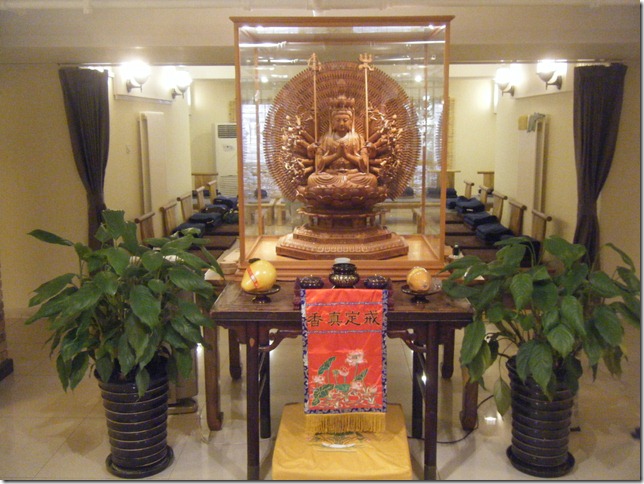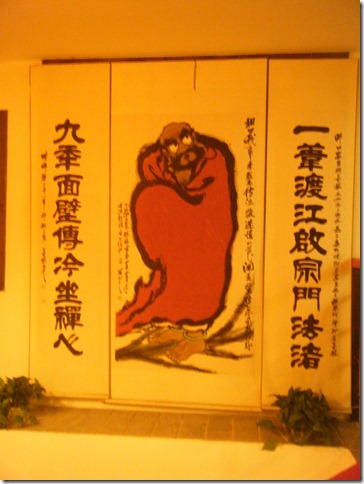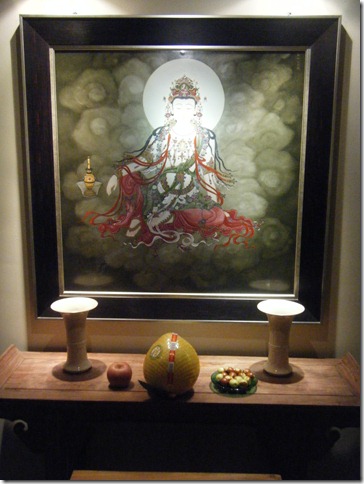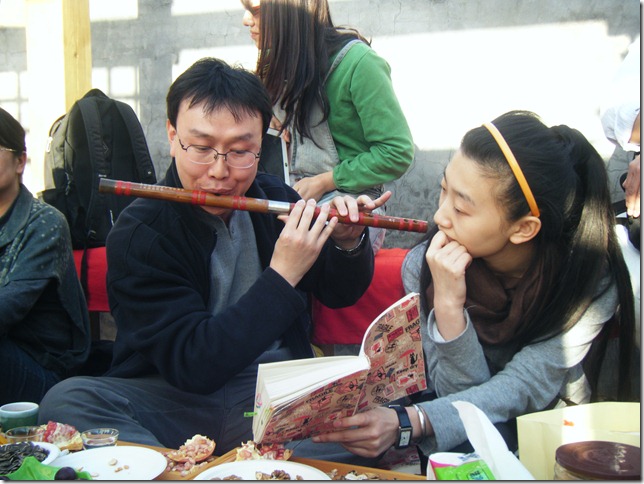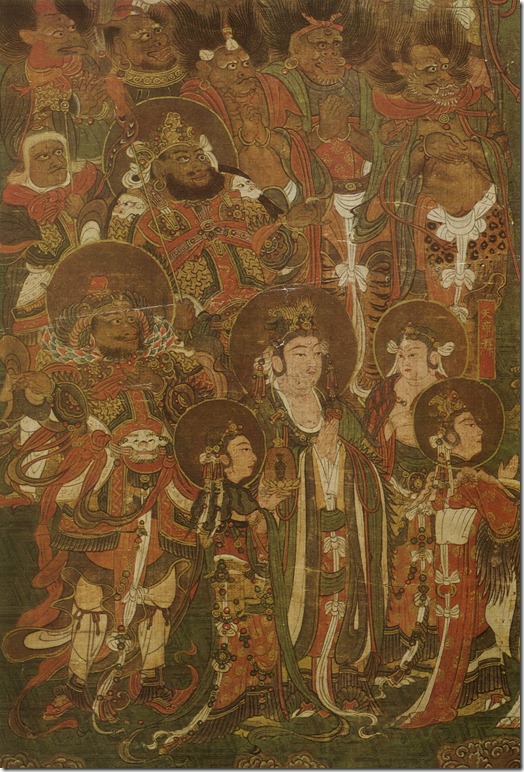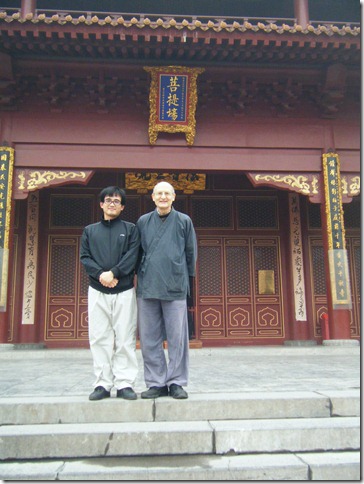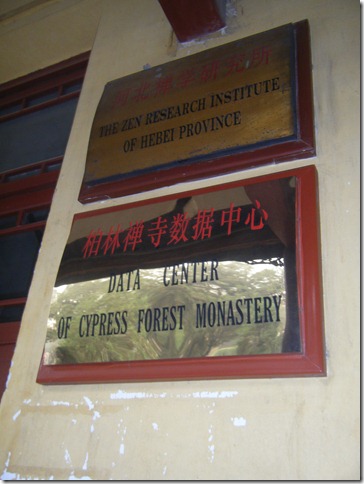
To my Zen and Chan brothers, sisters and friends,
As you may know, I spent about 6 months in China last year. I stayed at one particular temple for a two month stay in early spring and another 3 weeks in October. The monk is a Soto (Cao Dong) monk, and his favorite Zen text is the Blue Cliff Record. For one month, I did a pilgrimage through some of the temples and sites that we have all read and heard of through the years. There is a brief travelogue with some pictures on my website, http://www.bumbelbuddhist.wordpress.com.
I also have a much longer narrative that I will put online at some point.
However, I thought I would share the highlights of the conversation I had with Ming Hai, the abbot of Bailin Si, that is, Cypress Forest Temple, in September, 2013. You might find it useful or interesting.
First a little background. Minghai Da Hesheng (that means Big Monk, or Abbot in Chinese) is the disciple of Jing Hui Lao Hesheng (Jing Hui, the ‘old monk’–the equivalent of Roshi–an honorific title for a revered older teacher). Jing Hui, who died almost a year ago at about the age of 80, was very important in the recent history of Chinese Buddhism. He became a monk at the age of 13, and was the disciple and attendant of the legendary Chinese monk, Xu Yun “Empty Cloud”. Xu Yun lived from 1840 to 1959.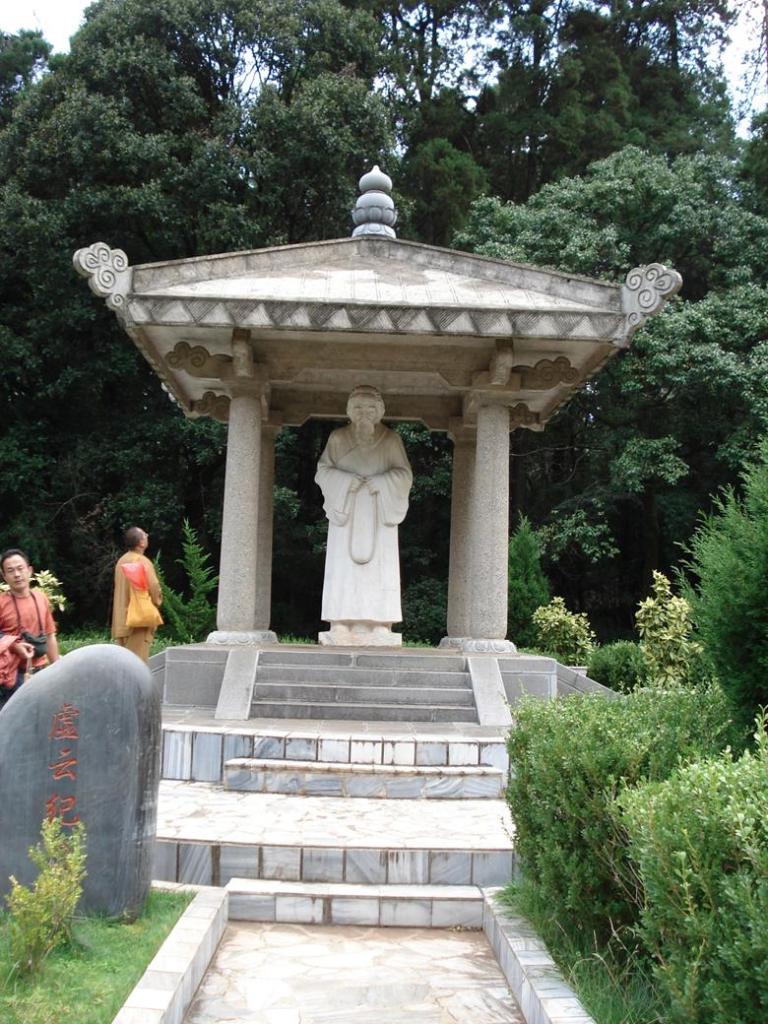
As I noted in my recent blogpost, Xu Yun lived through some of the most tumultuous and difficult times in Chinese history. Specifically, he lived through the 15 year long Taiping Rebellion of the 19th century, which resulted in at least 20 million deaths due to civil war and social chaos. Then again, with the collapse of Chinese society and the Qing Dynasty, in 1911, followed by the Japanese invasions and occupation of large areas of China between 1938-45, together with the civil war between the Communists and the Nationalists, China experienced the death of another 20 million people in WWII, as well as the terrible social disruptions that attended all that.
So Xu Yun, we might say, is a Holocaust Survivor of not one, but TWO Holocausts.
Following the Communist takeover in 1949, institutional Buddhism was suppressed, culminating in the Cultural Revolution between roughly 1966-75.He also was severely beaten by Red Guards, but somehow survived that.
Jing Hui was one of several important disciples of Xu Yun.
Hsuan ‘Hua, who founded City of 10,000 Buddhas, was another one you may have heard of.
During the Cultural Revolution, severe repression took place. Jing Hui had trained with Xu Yun, and I would imagine, it was his position within Chinese Buddhism as a notable monk, that resulted in his imprisonment for 15 years in a labor camp.
However, after the Cultural Revolution, and the rise of Deng Xiao Ping as the ideological successor to Mao, a major transformation began to occur, with religious freedom of expression allowed. One of Jing Hui’s first acts was to gather together overseas Buddhists from Japan, Singapore, Taiwan and Korea, to rebuild Bailin Si. That is the temple of Joshu, in English it is Cypress Forest Temple.
Following Joshu’s (Chinese: Zhao Zhou) death, over a long period of decline, Bailin Si, along with many other Buddhist monasteries, fell apart. By the 1970’s all that was left of Bailin Si was a pagoda tower, that had been severely damaged in an earthquake. All the other buildings were gone, leaving just vacant land.
So Jing Hui, prevailing on the desire to rebuild the temple of one of the most important Zen Masters, raised the funds to rebuild Bailin Si. It is now a very active temple in a smallish city outside the provincial capital of Hebei province. It is about two hours on the 180 mile per hour high speed train from Beijing to the provincial capital Shijiazhuang, and another hour by car from the train station to the temple.
Because of my previous trips to China, I had heard of Ming Hai, who has succeeded as abbot to Bailin Si. He had been in a 3 year solitary retreat, however, with the unexpected death of Jing Hui, he was asked to give up his retreat, to step into Jing Hui’s shoes.

Jinghui Lao Hesheng and myself at Laozu Si
I had also had the great fortune to meet Jing Hui and have a dharma discussion with him in 2010, as noted at my website. Several people had urged me to meet Ming Hai as well. So, on my arrival at Bailin Si, I asked to see Ming Hai, but he was very busy. Finally, I got his phone number, and told him that several of our mutual friends had urged me to see him. However, he had left Bailin Si, to visit another temple, preparing for some special occasion, the dedication of a new temple. While Western news reports a lot about China’s economic rise, and building whole cities from scratch “Ghost cities”, what is not reported is a massive temple building program.
Incredibly, he arranged for a car to drive me the hour and a half ride to where he was staying. I was later to learn the good fortune of that trip too.
So that is the background for our meeting.
I started off, by telling him about my background in Zen training, both as a student at the San Francisco Zen Center, and currently as a student of Nelson Foster, who is a lineage holder of Robert Aitken Roshi, who had trained in the Sanbo Kyodan school in Japan.
I had several concerns that I wanted to share with him.
First, I wanted to see if there is some way for Americans and Chinese to meet and share their experiences. Having spent quite a lot of time with Chinese in mainland China since my first trip in 2007, I have observed a tendency for Americans and Chinese to have perceptions of each other that are somewhat skewed.
Because of the history of the past 200 years in China, I think most Americans assume that Buddhism in China is pretty much dead, and that there is little freedom of thought or speech. In the past Communist party members were forbidden to practice Buddhism, but now it is quite acceptable to, and while China has human rights issues, I sense that many Chinese are quite open to discussing these issues, more so than Americans are willing to discuss American political issues.
Second, Chinese think that there is very little Buddhism in America, and often express envy for the democratic processes we are all familiar with.
In fact, Buddhism is now a strong component (though not dominant) in contemporary China. Both educated classes and working class people have large populations that visit and support temples and monks and nuns. In fact, as a pilgrim, I have generally stayed at temples to practice Chan (Zen) for free–I simply make a donation. In only two of perhaps 15 temples I have stayed at, was I asked to pay money. Most temples charge a very nominal $5-10 a day for supervised retreats, and even then, many people who don’t have money stay for free. That is, by donations. Many temples are being built or rebuilt, due to the generosity of donors wealthy and not wealthy. I have observed a really remarkable cultural trait of generosity, and that is what supports not just temples, but friendships as well.
So my question to Ming Hai, was how to overcome these misperceptions of China. I also think it is important for Chinese to understand the political, social and economic issues facing the people of the USA .
Most of all, I wish for a peaceful, harmonious world, or as my Chinese friend Lily Lee says, “A world culture of harmony”. How can we do this?
His answer was that he has met a number of Americans who have come to visit China, and stayed at Bailin Si. For example, Andy Ferguson, who runs South Mountain Tours has brought a number of groups to visit Bailin Si as well as other temples.
Ming Hai noted that when Americans come to see China for themselves, and talk with Chinese Buddhists, they come away with a better understanding and good feeling. We both agreed that it would be good to encourage more Americans to spend time in China. Two of my American friends who went on the tours told me they enjoyed them too. So how can we create the possibility for more exchanges?
Another issue we discussed is Visas. Most people who come to China to see what is happening with Buddhism, stay for a relatively short time. But what about someone like me, who is retired and has more time to stay, or others who simply want to stay in China for a longer time, to go on pilgrimage, stay in temples for longer stay, and so on?
At that point, Ming Hai took out a note book and wrote something down. I asked what was he writing about?
He replied, “I am an Assemblyman (the Chinese equivalent a member of the US Congress), and I want to bring up the subject, of making it easier for people to stay in China, based on religious grounds”.
I was quite surprised. I replied, “Do you know, that in America, you would have to make a $5000 campaign contribution, to get a direct one on one interview with your Congressperson?” “And here I am having an extended talk with you”. Not to mention that he had arranged a car to drive me to meet him. I am not some special person, like a teacher or famous author, just a humble student of the Way.
For him to go out of his way to see me and to see what he could do about making it more possible for students of Chan–Zen–to stay in China, was really heartwarming.
Visas are not easy these days, regulations are tightening pretty much everywhere, but at least Ming Hai was making an effort to promote mutual understanding, and I deeply appreciate him for that.
Ming Hai also wanted to share some concerns he has about American Zen, which I think are worth noting.
First was the issue of ethics. As we all know, there have been a lot of problems in various Buddhist communities over the years.
He may not know of the progress that has been made in these areas, in both the Diamond Sangha as well as the Zen Center. His point is still well taken that there is more work to do, in view of issues with other Buddhist teachers in both Zen, Tibetan and Theravada lineages.
The second issue is his concern about Chan Buddhism seeing itself as separate from Buddhism. In Japan, of course and then in the USA, we have seen differentiation of Zen, Jodo Shinshu, Nichiren, and so on. In China, from my observation, there seems to be less of that, although there are temples where Chan is practiced and others where it is not. I think if I understand him correctly he is concerned about a sort of sectarian elitism in Zen culture.
At Bailin Si, there is a large Dharma Hall and monks do a lot of chanting. Most temples are similar, with chanting and study being more prominent than sitting. I think it would be fair to say that Ming Hai thinks that Dharma study is important and should not be overlooked.
As for meditation, in some temples, monks have their own hall and laypeople sit in their own hall. That is the case at Bailin Si. However, at Yang Shan’s temple and Mazu’s temple, there is one meditation hall for everyone. Likewise, the temple where I have spent the most time, Tong Bo Yan Si, is headed by a Cao Dong monk, and monks and laypeople sit in the same hall. Likewise, at Nanputo, there is a large beautiful Chan Tang, or Meditation Hall, and both monastics and laypeople sit together.
I visited one nunnery, but didn’t stay there. I have heard that there are some nunneries where lay men can stay too. So there are no set rules, that I can see.
Both Yang Shan Xi Yin Si and Bao Feng Si where Mazu taught 1200 years ago, have been rebuilt and both hold meditation retreats. I have been invited to stay and do retreats at all these temples and certainly other Westerners are welcome to join in, too.
My sense is that in China, there seems to be a feeling of a need for preparation for sitting. In the West, and even in Thailand, meditation practice is fine for even rank beginners, like most of us were when we started. Many students practice by sutra chanting, and there are temples where students study the Vinaya assiduously. Or it may be that some Chinese themselves feel they are not ready to sit, and ask for preliminary practices.
One question that I did not ask was about the temple where I met Ming Hai. It had also been rebuilt by Jing Hui, and since I read only a smattering of Chinese, I didn’t know what some posters on the wall said. Later, I asked a monk about the temple. He explained that it was at this temple YuQuan Si, that Wansong, the great Soto Master, spent a lot of time writing the Shoyo Roku, that is, the Record of Ease, or Book of Serenity or Congrong Lu, the main koan collection of the Soto School. In fact that was one of the temples I had wanted to visit. I thought that I was going to miss it due to my travel schedule, and not really knowing how to get there.
So it was by accident, that Minghai happened to be there, and with his kind assistance, I was able to complete the pilgrimage of temples I had planned.
On the other hand, the Chinese say, there are no accidents.
That was how I got to meet Minghai, and see Wansong’s temple.
PS I am returning to China in two weeks and several of my Chinese friends have asked me, how can I help to open the doors to develop friendly relations with Americans. Especially American Buddhists. On possibility is to set up a website or maybe even a forum or organization. If any of you have any ideas, I would very much enjoy hearing from you.
Also, if you know of other people who would like to hear about this, please feel free to forward it.

